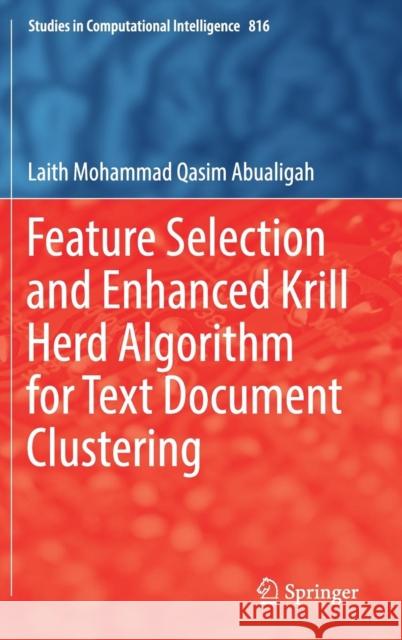Feature Selection and Enhanced Krill Herd Algorithm for Text Document Clustering » książka
topmenu
Feature Selection and Enhanced Krill Herd Algorithm for Text Document Clustering
ISBN-13: 9783030106737 / Angielski / Twarda / 2019 / 165 str.
Kategorie:
Kategorie BISAC:
Wydawca:
Springer
Seria wydawnicza:
Język:
Angielski
ISBN-13:
9783030106737
Rok wydania:
2019
Wydanie:
2019
Ilość stron:
165
Waga:
0.45 kg
Wymiary:
23.39 x 15.6 x 1.27
Oprawa:
Twarda
Wolumenów:
01
Dodatkowe informacje:
Wydanie ilustrowane











